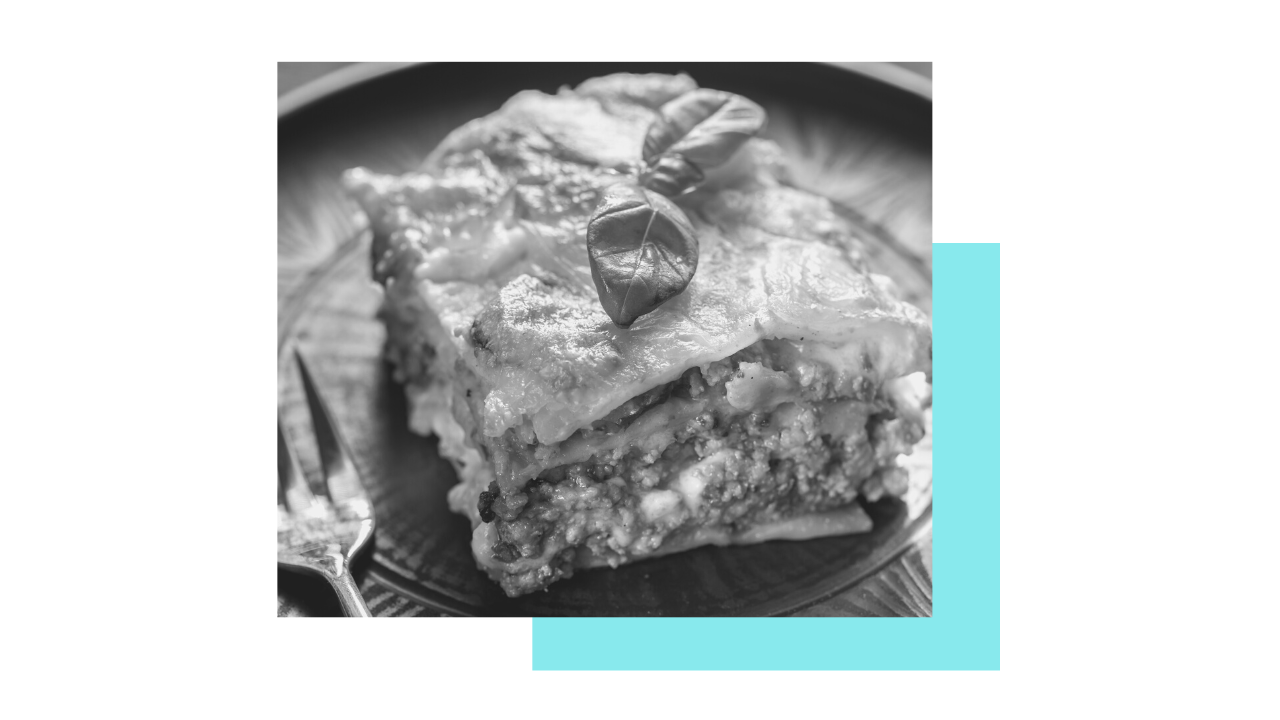Lasagne and sugar
Aug 10, 2023
Today I wanted to start by saying that I am a pseudo-vegetarian. Basically, this means if anyone asks, I say I am vegetarian, but I actually eat several meat dishes. In fact my favourite is beef lasagne!🤷♀️
You may be wondering, why I say I am vegetarian... basically because it is easier...
I dislike the taste of 'meat', I would never choose to eat a steak, chicken or salmon fillet. But I very happily eat a bowl of butter chicken or a big bowl of bolognaise (because I can't 'taste' the meat in these dishes).
This means, when I go out somewhere, instead of explaining this, it is easier to say I am vegetarian! Basically I know I will always like the vegetarian meal. But I can't guarantee I will like the meat option!
Many years ago, I remember going out for dinner with a couple of friends. I was very excited to see lasagne (my favourite dish) offered on the menu.
When my lasagne dish arrived, I decided that it needed a little parmesan on the top, so I reached out and sprinkled some in on my food.
To my horror the container that I had picked up was the sugar rather than parmesan!
I couldn’t believe my stupidity! I had poured sugar all over my delicious lasagne.
Being the problem solver that I am… I decided to try to do my best to scrape the sugar off the top layer. But as I proceeded to eat it, I realised the problem ran a little deeper! All through the layers there was a very strange sweet taste. I wouldn't recommend trying it!
I know why meat and sugar are not served together too often!
Anyway, this 'incident' made me think of a maths classroom.
In maths teaching sometimes you think you are sprinkling parmeson on your lasagne. You ask a student a relatively simple question, fully expecting them to be able to easily answer it, but they really struggle.
You get the opposite to what you expected... you are shocked for a second thinking of the consequences, and then you jump into 'triage' mode.
There are a million things running through your mind at once.
Did they not hear the question correctly?
If so, maybe I will try to rephrase the question to make it clearer.
Is this just a simple misunderstanding?
If so, maybe I just need to go back an explain one small part of the work we have been doing.
But if this still doesn't help, how deep does this misconception go? (is this going to effect the whole lasagne!)
You soon realise that maybe this isn't something I can solve right here and now and I need to actually do some targeted teaching with this student or go back over the idea with the whole class.
Let me give you an example.
I was working with a Year 6 class on linking improper fractions with mixed fractions.
We were looking at 10 quarters.
I asked the students how many quarters were in a whole...They said: 4
I then asked the class to work out on their whiteboards: What if we had 10 quarters, how many wholes?
I asked the class to 'chin it' and show me their answers on their whiteboards.
Most had correctly answered the question but one boy had recorded '40'.
I immediately I knew I needed to explore further with this student.
But, I needed to decide, should I do it then and there... was it a simple mistake or was this a deeper issue.
When you are teaching a class, there are so many complex decisions to make, and the reality is sometimes we make good decisions and sometimes we don't and that is ok... it is all part of teaching and refining our craft.
I decided to ask the students to turn and talk to the person next to them about their answers. I floated directly over to where the boy was sitting and listened into the conversation between him and his partner.
His partner was drawing a diagram and eloquently explaining his answer. The boy who had written '40' had changed his answer to 2 wholes and 2 quarters.
The class was becoming restless, they were ready to move on.
I made a mental note, to individually check in with the '40' boy when we went back to do some independent work.
And the lesson moved on.
When I got to this boy a little later, it turned out there wasn't a deeper problem. He could clearly explain his thinking and had realised his error. Crisis averted - but, as we know, this may not always be the case.
Everyday, in every maths lesson we are navigating these mini episodes with multiple students.
This is both the beauty and the challenge of teaching maths!
This week I encourage you to 'lean in' to these critical mini moments that happen in you class. Take note of the 'triage' path that you take, and take that extra moment to determine how deeply the sugar has seeped through the lasagne!
Have a great week!
Ange
Want to learn more from Dr Ange Rogers? Click here to find out about her 'Quality Place Value Assessment in Years 3-6 Mini Course'



